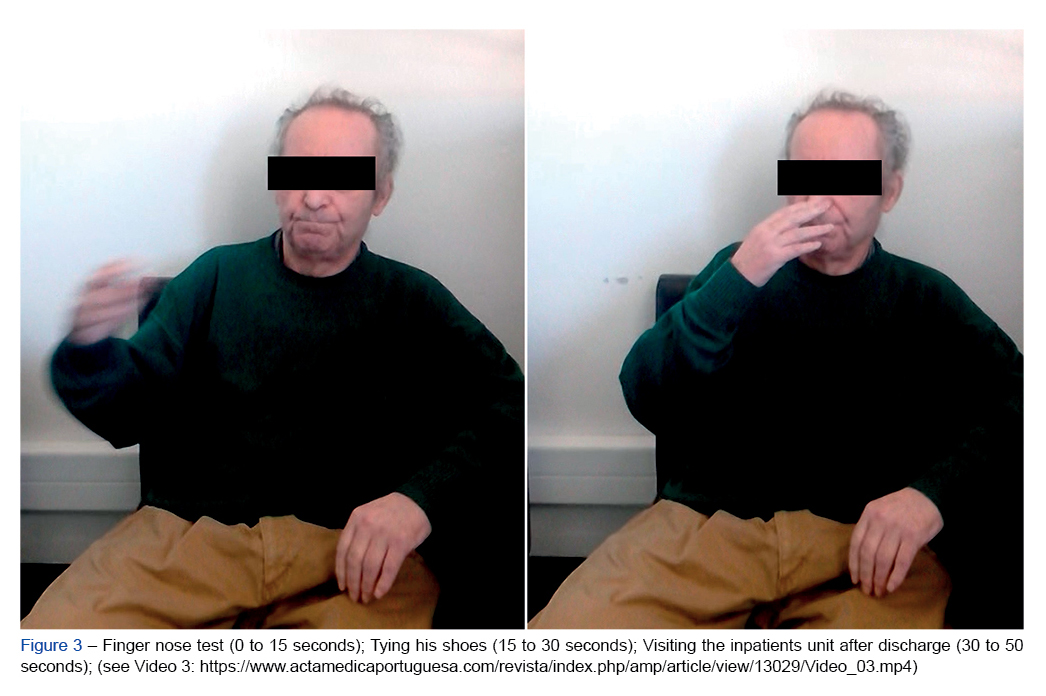SOCIAL MEDIA
Portuguese Medical Association's Scientific Journal

Neuroleptic malignant syndrome is a neurological emergency caused by dysregulation of dopaminergic neurotransmission. While it is typically characterized by muscle rigidity, fever and altered mental status, it may have a heterogeneous and non-specific presentation, leading to delays in diagnosis and treatment. Treatment involves cessation of dopamine-receptor antagonists and supportive measures, but in more severe cases, bromocriptine, dantrolene, benzodiazepines and/or electroconvulsive therapy should be considered. We present the case of a 66-year-old man with severe neuroleptic malignant syndrome, diagnosed due to need for continuous invasive ventilation in an Intensive Care Unit, after successful treatment for respiratory sepsis. The patient recovered after electroconvulsive therapy and administration of bromocriptine. This unusually severe case illustrates the need for a high level of suspicion for neuroleptic malignant syndrome in critically ill patients with malignant catatonic syndromes, allowing for an early diagnosis and potentially lifesaving treatment.